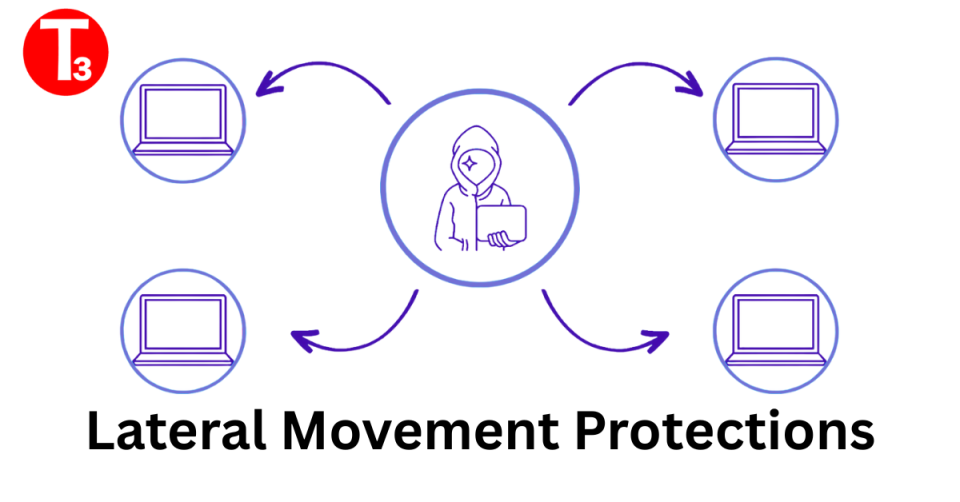Testing finds world’s largest bank’s mobile banking apps hackable
March 3, 2017New Cyber wars between Iran And Saudi Arabia – Shamoon 2.0 and StoneDrill
March 7, 2017Cybercrime is on the rise globally, leading to a heightened need for cybersecurity solutions and a proliferation of new companies to deal with the threat. The cost of fighting cybercrime is escalating because the attacks are becoming more complicated to resolve.
According to the Center for Strategic and International Studies (CSIS), cybercrime could cost the global economy up to $575 billion annually. That’s why the cybersecurity market is forecast to grow at a compound annual growth rate (CAGR) of 10.3%, from $95.6 billion in 2014 to $155.74 billion by 2019.
Cybersecurity has captured the attention of investors. Two exchange-traded funds (ETFs) dedicated to cybersecurity stocks have been launched since 2014. For most investors, it makes sense to invest in a wide spectrum of cybersecurity stocks through an ETF instead of just betting on one or two cybersecurity stocks.
Over the past year, the prices of many cybersecurity stocks have fallen off by as much as one-third, primarily because there have been no recent dramatic cyberattacks on the scale of the one on Sony Corporation (NYSE: SNE) in 2014. Some analysts think that the sector as a whole may be undervalued and could represent a good investment opportunity for value investors.
Case 1 : First Trust NASDAQ Cybersecurity ETF
The First Trust NASDAQ Cybersecurity ETF (NASDAQ: CIBR) was launched in June 2015 to track the NASDAQ CTA Cyber Security Index, which focuses on companies building and managing the security protocols of private and public networks, computers and mobile devices. Software companies dominate the ETF with a portfolio weighting of 44.71%, followed by the communications equipment sector at 20.64%. The top three holdings are NXP Semiconductors NV (NASDAQ: NXPI) with a 6.72% portfolio weighting, Cisco Systems, Inc. (NASDAQ: CSCO) with a 6.11% weighting and Palo Alto Networks, Inc. (NYSE: PANW) with a 5.56% weighting. The fund held $91.72 million in assets as of March 31, 2016, with 34 stocks in the portfolio. The ETF closed at $16.20 on April 12, 2016, 22% off its high of $20.84 in July 2015. The 30-day Securities and Exchange Commission (SEC) yield as of March 31, 2016 was 0.31%.
Case 2: PureFunds ISE Cyber Security ETF
The PureFunds ISE Cyber Security ETF (NYSEARCA: HACK) was launched in November 2014 to track the ISE Cyber Security Index, which focuses on companies developing hardware and/or software to protect digital files, networks and websites. Systems software companies are the biggest industry sector in the fund with a 59.48% portfolio weighting, followed by communications equipment at 16.42%. The top three holdings are Science Applications International Corporation (NYSE: SAIC) with a 4.52% weighting, Barracuda Networks, Inc. (NYSE: CUDA) with a 4.3% weighting, and Check Point Software Technologies Ltd. (NASDAQ: CHKP) with a 4.11% weighting. The fund held assets of $703 million as of April 12, 2016, with 35 stocks in the portfolio. The ETF closed at $22.92 on April 12, 2016, 32% off its high of $33.91 in June 2015. The 30-day SEC yield as of March 31, 2014 was -0.02%.
Differences Between the Two ETFs
There are strong similarities between these two Cybersecurity ETFs, but there are also some subtle differences. The PureFunds ISE Cyber Security ETF, which is the more established fund, includes companies that have market capitalizations as low as $100 million, while the First Trust NASDAQ Cybersecurity ETF established a minimum market capitalization of $250 million for the companies in its portfolio.
Based on these criteria, the PureFunds ISE Cyber Security ETF is more likely to own faster-growing but riskier cybersecurity companies. In a strong market environment, the PureFunds ETF could well outperform, making it a good candidate for investors looking for short-term plays. The First Trust NASDAQ Cybersecurity ETF has more exposure to larger companies that may be less volatile, and it is well-situated for investors with longer time horizons. In addition, the First Trust ETF’s expense ratio is 20% cheaper at 0.6% compared to the PureFunds ETF’s expense ratio of 0.75%.
Cyber Security Initial Coin Offerings (ICO)
The second quarter of 2017 was a wild one for blockchain companies and investors, with nearly 60 initial coin offerings (ICOs) closed in the quarter for more than $750 million AND It seems that blockchain is about to have an impact on nearly every industry including cyber security.
The blockchain addresses the fundamental flaws of security by taking away the human factor from the equation, which is usually the weakest link. By leveraging a distributed ledger and taking away the risk of a single point of failure, blockchain technology provides end-to-end privacy and encryption while still ensuring convenience for users.
ICO or Initial Coin Offering is the unregulated means by which a start-up raises funds to start, develop or complete its cryptocurrency or its block-chain based software projects. Avoiding the difficulty and the rigorous and regulated processes to obtain funds through banks or venture capital investors.
If you are interested in doing an initial coin offering (ICO) investment and want toread our ICO Investment Guide,which help can comparing and selecting a healthy and reliable company. We are experts in cryptocurrencies and understand the legal workings that underpin an ICO.
Based on some of the unique complexities and number of options available to your specific situation, a full work-up and report is the best course of action to ensure you have the optimal strategy to implement now, and grow with over the course of time.




